RADIOLOGIC TECHNOLOGY (51.0911)
Graduation Requirements (A Minimum of 86 Credits)
The program prepares the student, upon successful completion of the Certifying Examination, for a position as a member of a health care team in a hospital, clinic or physician’s office. The degree can also be used in industry; in the manufacture and supply of medical equipment or management. This program is designed to prepare the student for the National Certifying Examination by the American Registry of Radiologic Technologists, as well as for the State of Florida Dept. of Health and Rehabilitative Service General License Examination. The program also includes a fifteen-credit-hour component of general education/liberal arts courses. FNU awards an Associate of Science Degree upon graduation.
Request more info about RADIOLOGIC TECHNOLOGYThis FNU, online quiz takes 3-minutes to complete and you'll get a personalized report. Identify your strengths, goals and social style plus the education path you're best suited for. Get Your Career Education Readiness score now. (Opens is a new window)
General Education
-
SLS 1501College Study Skills1
-
ENC 1101English Composition I3
-
SPC1017Fundamentals of Oral Communications3
-
Any Humanities Course3
-
Any Social Science Course3
-
BSC 1020CHuman Biology4
-
BSC 1085CAnatomy and Physiology I4
-
BSC 1086CAnatomy and Physiology II4
-
MAC 1105College Algebra I3
-
CGS 1030Introduction to Information Technology3
-
HSC 1000CIntroduction to Health Care3
-
HSC 1531CMedical Terminology3
CORE REQUIREMENTS (49 CREDITS)
-
HSC 1230LPatient Care Procedures2
-
RTE 2385CRadiation Protection and Radiobiology6
-
RTE 2418CImage Production and Evaluation7
-
RTE 2458CEquip. Op., Radiographic Related Physics &Quality Assurance3
-
RTE 1503CRadio. Proc., Radiographic Positioning & Related Anatomy I6
-
RTE 1513CRadio. Proc., Radiographic Positioning & Related Anatomy II4
-
RTE 2523CRadio. Proc., Radiographic Positioning & Related Anatomy III4
-
RTE 2782CRadiographic Pathology3
-
RTE 2804CRadiographic Clinic I4
-
RTE 2814CRadiographic Clinic II4
-
RTE 2940LClinical Journal in Radiology6



